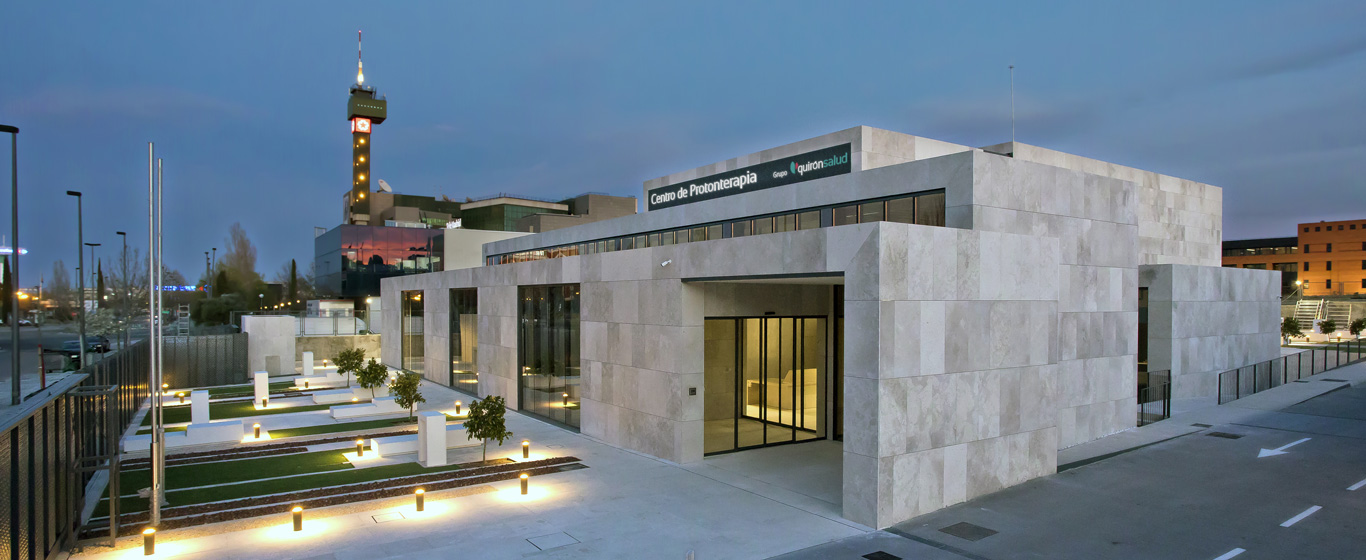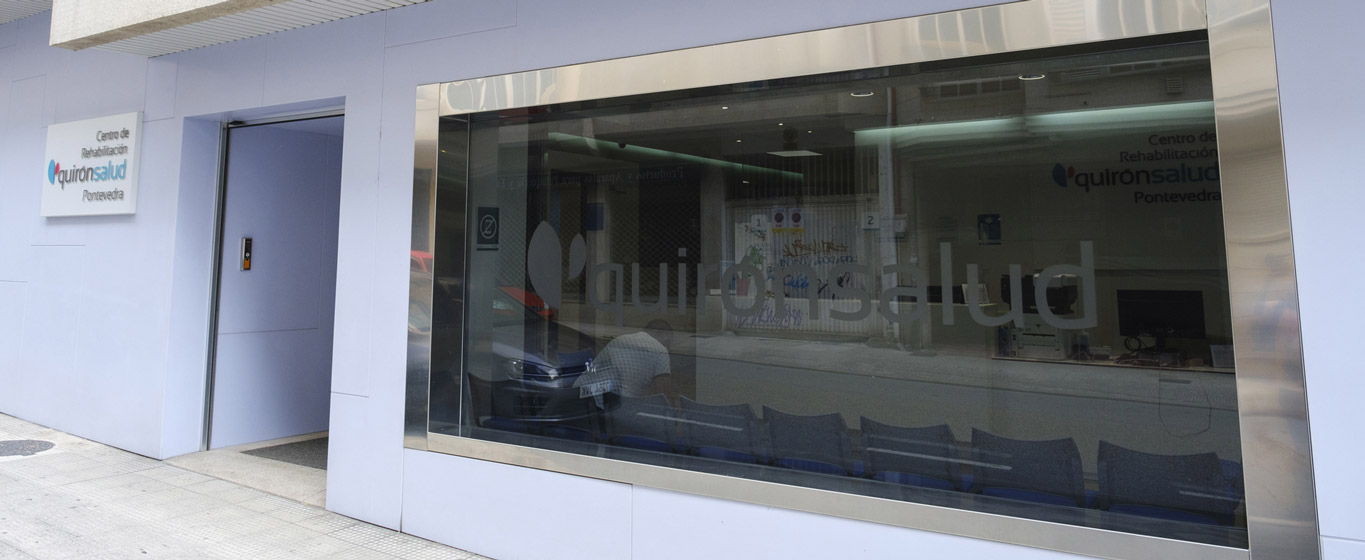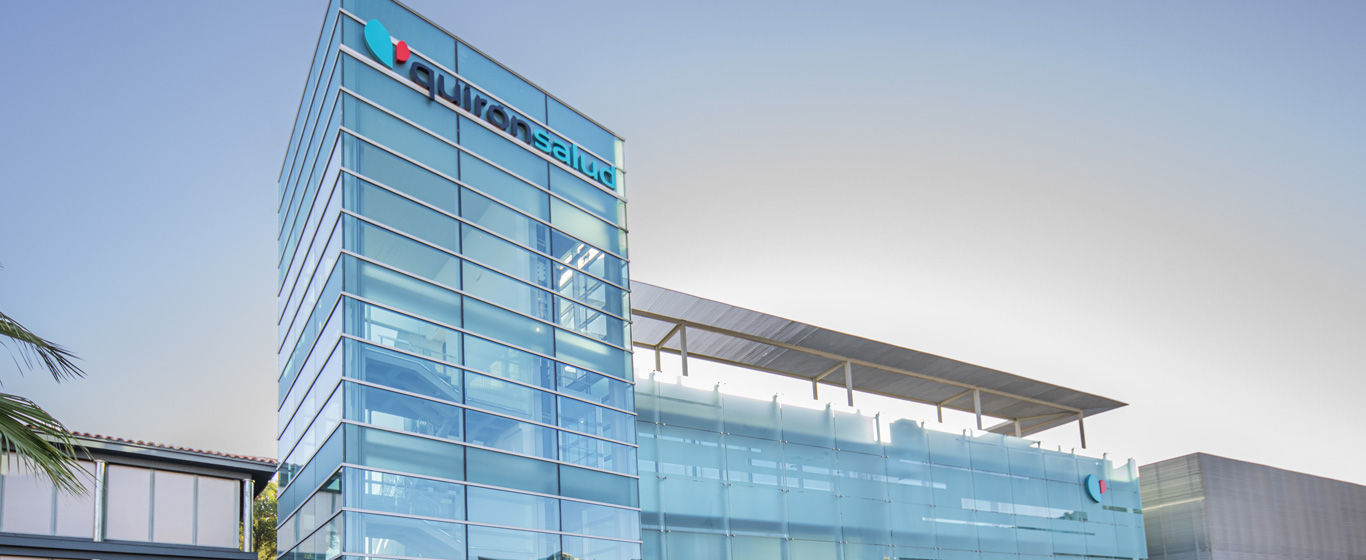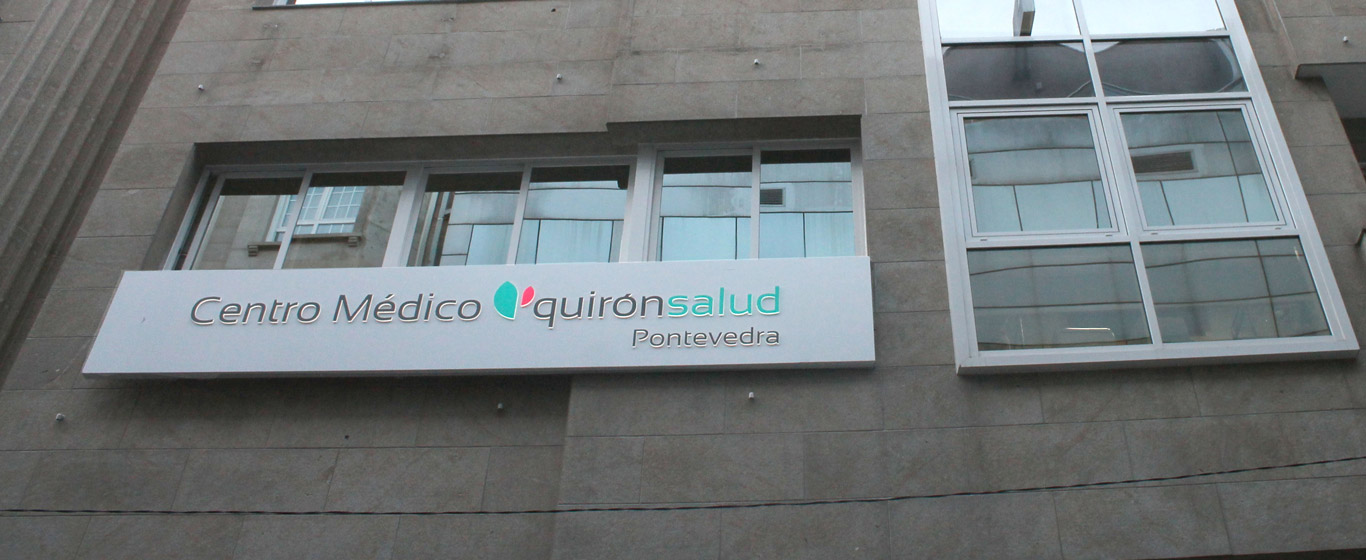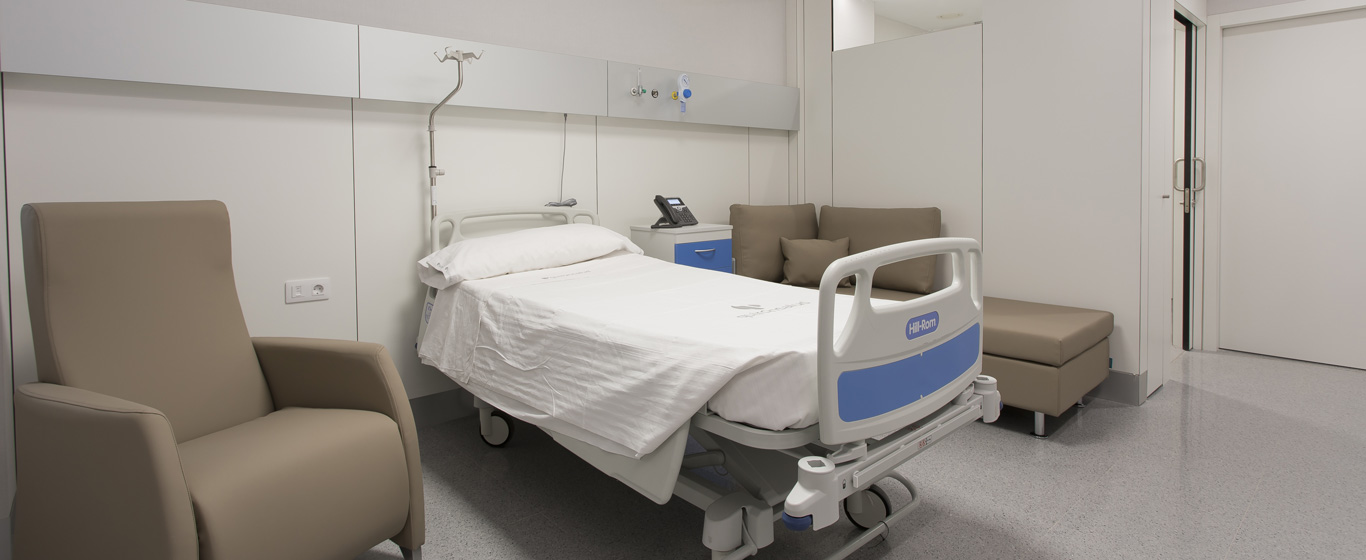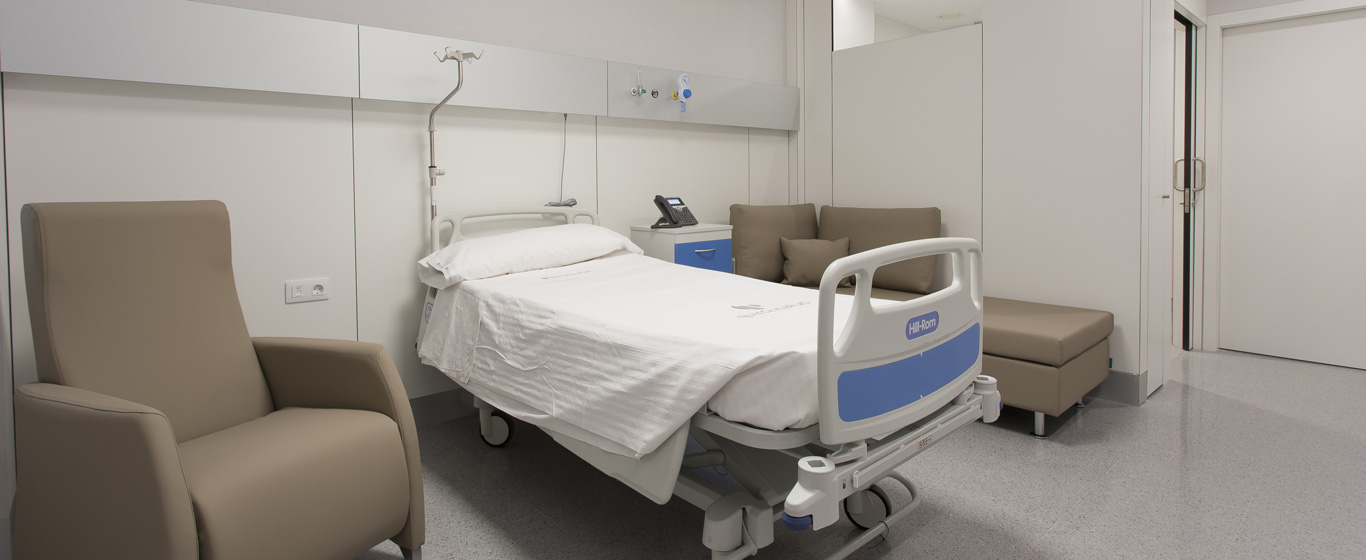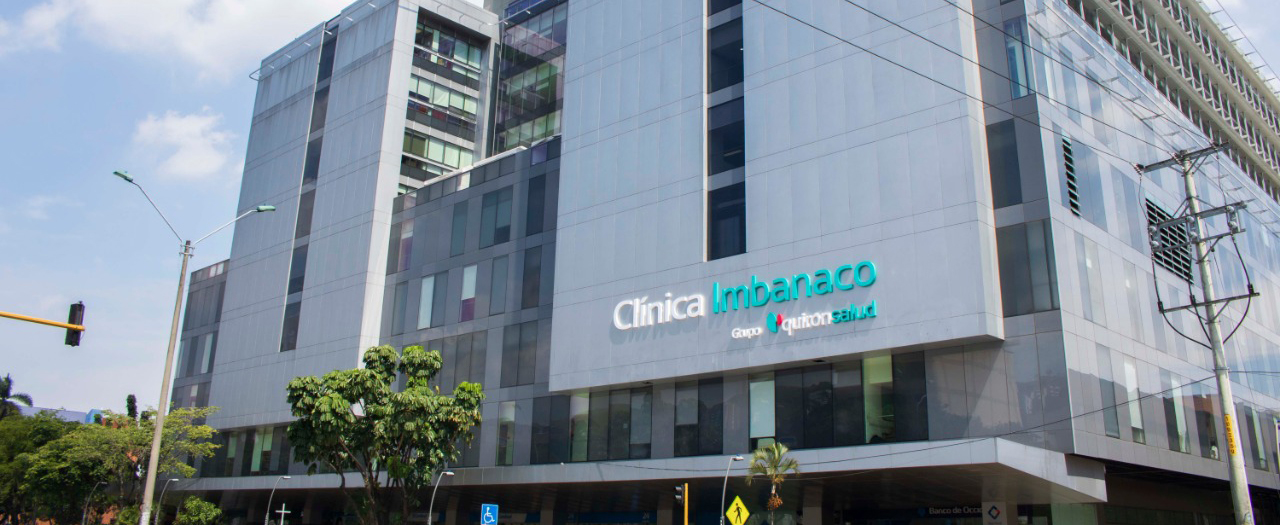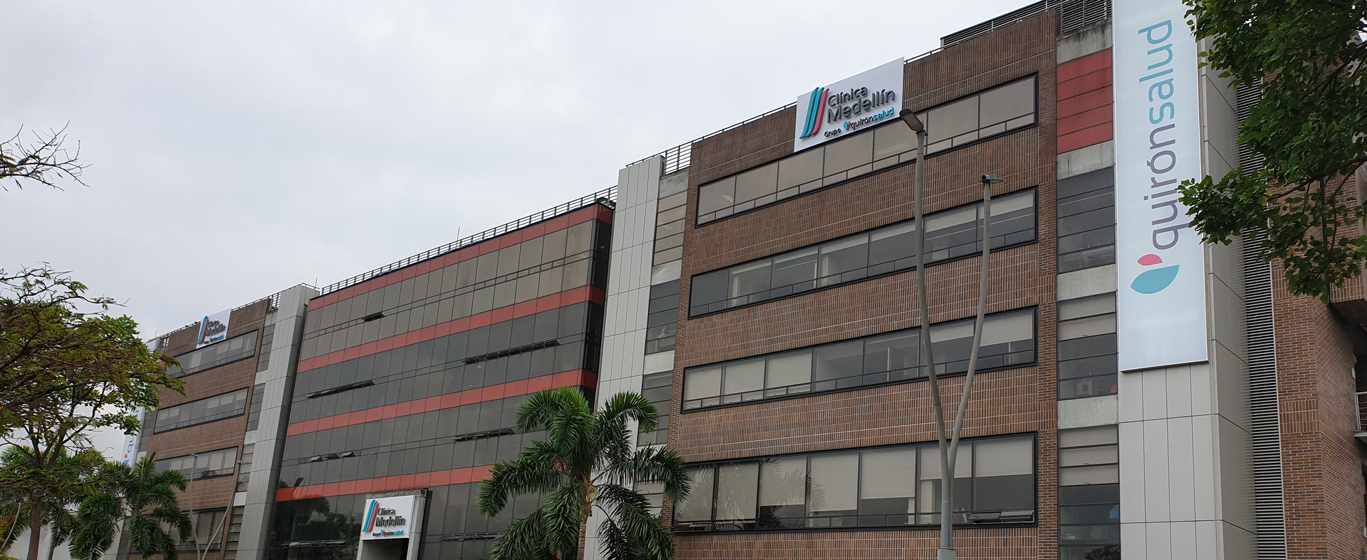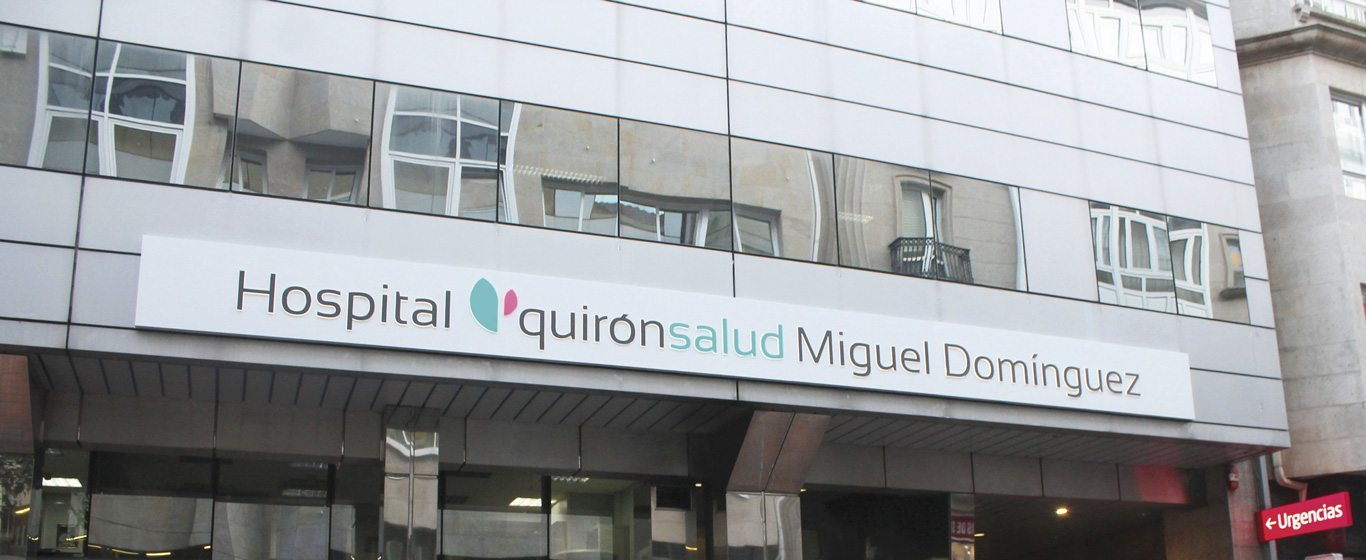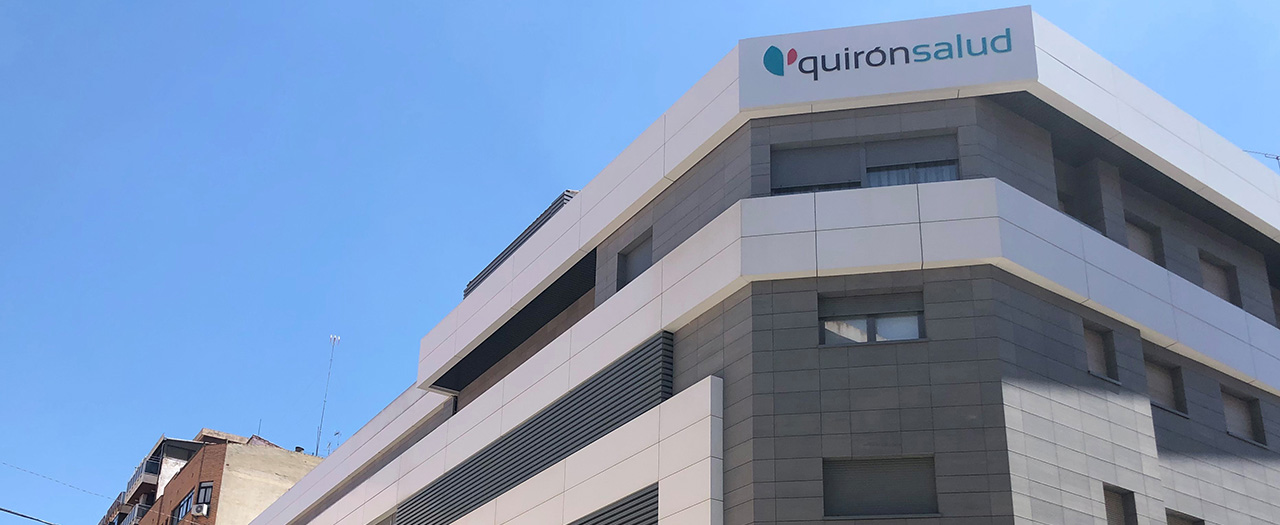Pulmonary Bronchial Ultrasound (EBUS)
Pulmonary bronchial ultrasound is used to diagnose respiratory system diseases, including lung cancer. To obtain the images, a long, flexible probe with a camera at the end is inserted and moved to the desired location with the help of ultrasound.

General Description
Pulmonary bronchial ultrasound, also known as EBUS (Endobronchial Ultrasound), is a minimally invasive procedure used to diagnose lung cancer and determine its stage. This procedure is also used to detect infections, lesions in the thoracic cavity, or adenopathy in the mediastinum, i.e., disorders in the lymph nodes located in the space between the lungs.
The main difference between traditional bronchoscopy and EBUS is that the latter uses an ultrasound device (echograph) to provide a more complete view of the lungs. This echograph is placed at the tip of the bronchoscope, offering real-time images of the inside of the respiratory system, which makes it easier to take biopsy samples.
The EBUS bronchoscope measures about six millimeters in diameter, slightly wider than the conventional tube, and is a bit stiffer. For this reason, it is more difficult to pass through the airways, so the test is usually performed under general anesthesia.
When is it indicated?
Pulmonary bronchial ultrasound is primarily used in the diagnosis of lung cancer. It is usually carried out to:
- Determine the stage of a confirmed lung cancer.
- Diagnose tumors located outside the lungs or lymphomas.
- Evaluate the nature of certain inflammatory processes, especially to confirm or rule out sarcoidosis.
- Assess damage caused by tuberculosis.
How is it performed?
In an EBUS procedure, the patient lies on the stretcher, and general anesthesia or deep sedation is administered. The head is tilted backward, and the bronchoscope is inserted through the mouth into the trachea, gently advancing to the bronchi. To reach the desired area, the specialist is guided by the results of previously performed imaging tests and the real-time view provided by the EBUS probe.
The needle is passed through the tube, and it is used to puncture the lymph node, tumor, or suspicious tissue to obtain a sample with the help of a syringe. Once placed on a glass slide, the pathologist performs an initial evaluation under the microscope to avoid repeating the procedure if more tissue is needed or if cells from another area need to be analyzed.
Risks
Pulmonary bronchial ultrasound does not pose a health risk to the patient. Complications are usually caused by allergic reactions to the anesthesia.
In some cases, slight bleeding may occur, which resolves quickly, or there may be mild difficulty breathing in the hours following the procedure.
What to expect from a pulmonary bronchial ultrasound
To undergo an EBUS, it is necessary to sign an informed consent form. This is an outpatient procedure, so the patient can return home after the recovery and observation period.
The EBUS is performed with the patient wearing a surgical gown and without items such as dentures, glasses, contact lenses, or jewelry. It is also generally recommended not to wear makeup on the day of the procedure.
Once on the stretcher, the patient lies on their back and is administered anesthesia or sedation, so they are not aware of the process and wake up about an hour later in the recovery area. The observation period lasts between one and three hours.
It is advisable to come accompanied, as discomfort may be felt afterward, and driving is contraindicated. It is normal to experience fatigue, muscle pain, difficulty swallowing, hoarseness, and slight bleeding in the sputum. All these side effects resolve on their own in a short time. If they persist, worsen, or if fever occurs, the patient should go to a medical center as soon as possible.
The results are explained in a follow-up consultation a few days later.
Specialties that request a pulmonary bronchial ultrasound
It is common for oncologists and pulmonologists to request an EBUS. When biopsy samples need to be analyzed, pathologists become involved.
How to prepare
On the day of the EBUS, the patient should arrive fasting, refrain from smoking to avoid complications during the procedure, and stop taking anticoagulant medications.






